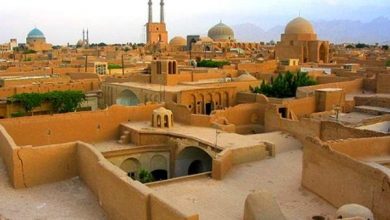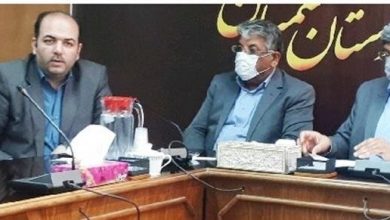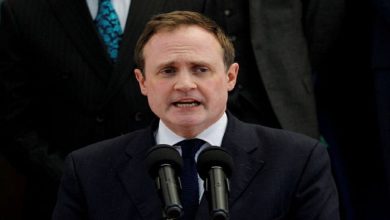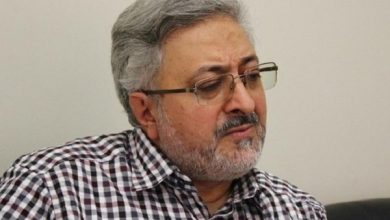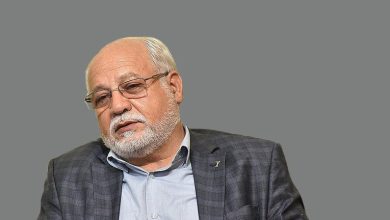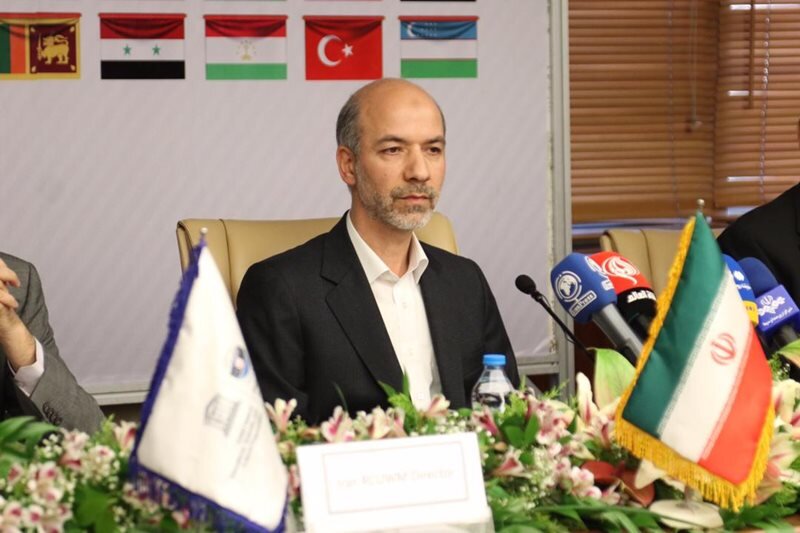
Water and electricity are among the large and important industries in the country that are directly related to social capital. The water and electricity industry are among the driving sectors of the state, and this is perhaps the reason why the challenges and issues related to them have become doubly important.
According to the informants, the 13th government caught these two vital and important industries in a situation where due to lack of capacity development, both sectors were suffering from many problems, widespread water scarcity in cities and villages, and a large volume of suspension and a half. Completed plans and projects, and power outages… The widespread use of electricity in the country requires special management for this important and sensitive institution. Under these circumstances, Ali Akbar Mehrabian, who has a record of running the Ministry of Industry in previous governments, took charge of the Ministry of Energy. What measures have been taken in this area during this period and what will happen in the future were discussed in the Jam Jam conversation with the Minister of Energy:
Let’s start with the ups and downs of the Department of Energy in the past two years. In the year 1400, the electricity industry faced the problem of widespread blackouts. Explain a little about that and what measures were taken to get out of this situation?
The country’s water and electricity industry are among the sectors that Iran is most proud of, which has left an impressive record over the past forty years, and at the same time, at the beginning of the 13th government, these two driving sectors faced many challenges. In the summer of 1400, we faced power outages of 15,000 megawatts of electricity in production and demand areas, the continuation of which may face serious challenges for the country in various sectors, from economic to other fields, and the electricity industry instead. From the driving force of development to become a bottleneck to lack of progress. In 2018 and 2019, we faced fuel shortages for power plants, wear and insufficient use in critical infrastructure, excessive increase in electricity consumption in various sectors, including the domestic sector, industries and agriculture, and financial imbalances. Plagued by the electricity industry. Meanwhile, the electricity industry’s debts were increasing, and the amount of debt owed by the Ministry of Energy to electricity contractors exceeds the amount owed by the government to the Central Bank and is increasing every year. Based on this and to deviate from the existing conditions, several approaches have been explained and presented. One of these approaches was to “develop and improve the country’s electricity generation capabilities”, based on programs such as building thermal power plants, improving the production capacity of existing power plants, and building self-consumption capacity. A jump is expected in the construction of renewable energy plants and the repair and improvement of the efficiency of power plants. In another approach, ‘Development and improvement of network infrastructure’ has been considered. Demand management and optimal utilization of consumption were among the other measures that were particularly planned and politicized, and in this regard, the pending provision of the Budget Law of 1400 was implemented, and with the approval of the Board of Directors, the electricity tariff was adjusted to the high prices. – Consumption subscribers have been put on the agenda, and with the announcement of tiered consumption tariffs, regardless of consumption pattern, a major step has been taken to change the consumption behavior of this group of subscribers. Accordingly, in the summer of last year, 8,200,000 electricity subscribers were eligible for free electricity bills or were given credit, and 1,350 billion tomans were allocated to home subscribers under the title of bonus. The fourth pillar of the government’s and Ministry of Energy’s approaches to overcoming the electrical imbalance problem is the “economic reform of the electricity industry.”
During the vote of confidence in the House of Representatives, you announced the stability of the electricity network, but now some production units are facing restrictions. Given that the life of the 13th government has reached its halfway point, how far has the DOE achieved the goal it set?
As it was said in the year 1400, there was a mismatch between electricity production and demand of 15,000 MW, despite the fact that the demand for electricity consumption in the country is increasing by 5% every year, i.e. more than 3,500 MW. On the other hand, the development of the power plant capacity in the previous periods was not commensurate with the growth of demand due to the delay in this sector. Therefore, the development of at least 35,000 megawatts in power plant capacity in the country has been seen in the four-year horizon of government activity, a growth equivalent to 41% of the capacity created so far. Since the beginning of the thirteenth government, more than 7,000 megawatts of capacity of the new power plant have been put into operation. In the self-supplying power stations sector of the industry, 36 initial approvals have been issued to date for the construction of a combined cycle power plant with a capacity of 15,404 megawatts.
Strengthening diplomacy in the water and electricity sector, especially increasing the capacity of electricity exchange with neighboring countries, was one of the thirteenth government’s plans, but there is a suspicion that part of the electrical imbalance results from Iran’s exports of electricity to neighboring countries and countries. The problem of our industries is from this sector. Do you agree with this?
In this regard, I must stress that the policy of importing and exporting electricity has changed in the thirteenth government. In this way, whenever we need to consume electricity, such as summer, we import electricity and export electricity during non-peak consumption days when we have excess production. Even now, when we are in the period of peak electricity consumption, the largest volume of imports is carried out based on existing agreements, and electricity is exported at a minimum. For example, if we import 1,000 megawatts of electricity, we must also export 50 megawatts in line with our obligations. Promoting the development of electrical exchange with the countries of Turkey, Russia, Azerbaijan, Armenia, Turkmenistan, Pakistan, Iraq and the Arab Gulf states is on the agenda, and many memorandums and cooperation agreements have been signed and implemented on this basis.
The plan that was mentioned in the past years was to transfer the waters of the Persian Gulf to the central plateau of Iran. What is the status of this plan now?
As I mentioned, the implementation of plans to transfer the waters of the Persian Gulf to the provinces of Yazd, Kerman and Isfahan is one of the other plans that have started in the direction of balanced development, removing deprivation and creating job opportunities and will meet the strategic needs of industries in these provinces. There are many cases in this regard, such as the establishment of water desalination projects in Bushehr, which covers 70% of the drinking water supply in Bushehr, or the completion and operation of the water transmission system to Lake Urmia, which can be referred to as the largest environmental project in the Middle East. Meanwhile, the acceleration of other water projects is being seriously pursued. In this regard, we mention the operation of 12 water treatment units and a water supply project with a capacity of 1,355,000 cubic meters, and the implementation of 24 wastewater treatment units with a capacity of 663,000 cubic meters per day, or wastewater recycling projects with a capacity. 324 million cubic meters annually for industrial purposes.
the end of the letter


